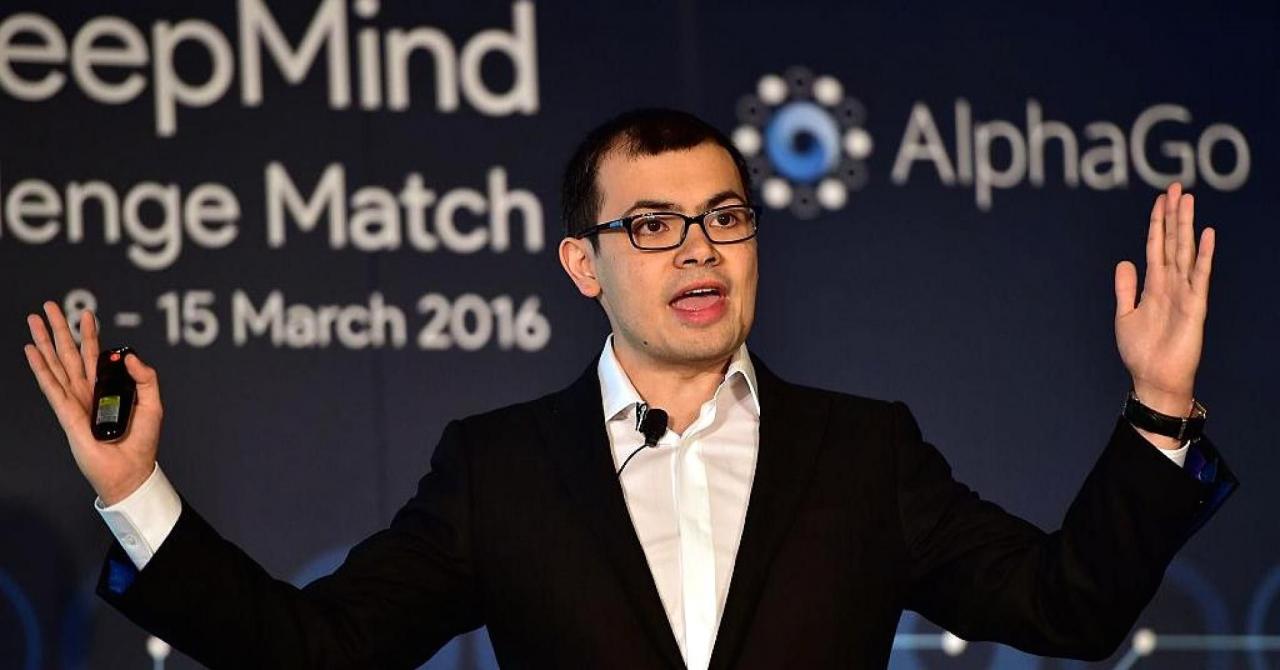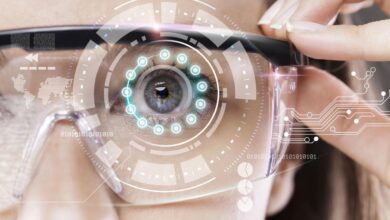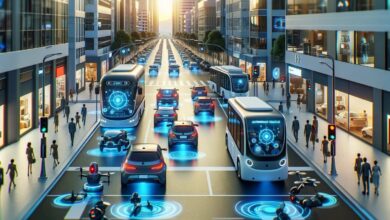AI’s Next Big Leap Forward

AI’s New Frontier: Beyond Automation
For the better part of a decade, artificial intelligence has been a buzzword synonymous with automation—streamlining tasks, powering recommendation engines, and making our digital lives more convenient. But the future of AI is no longer just about making things faster or more efficient. We are on the cusp of a new era, a monumental leap forward where AI will move beyond simple automation to become a collaborative partner in human creativity, discovery, and problem-solving. This isn’t the AI of science fiction, but a practical, tangible shift that promises to redefine how we work, learn, and innovate. The next big leap for AI is not in its ability to replace human effort, but in its capacity to augment human potential.
This evolution is driven by breakthroughs in several key areas, allowing AI to handle complexity and nuance in ways that were previously unimaginable. This shift from a tool to a collaborator is set to unlock unprecedented levels of creativity and insight, transforming industries from healthcare to art and from scientific research to urban planning.
The Pillars of AI’s Next Evolution
The next generation of AI is being built on a foundation of several interconnected advancements that are enabling a more sophisticated and intuitive form of intelligence.
A. Generative AI: From Consumption to Creation
While previous AI models focused on analyzing and understanding existing data, Generative AI is designed to create new, original content. This is the technology behind tools that can write compelling articles, compose unique music, and design breathtaking visual art based on simple text prompts.
- Unlocking Human Creativity: Generative AI is not here to replace human artists or writers. Instead, it serves as a powerful co-pilot, helping to break through creative blocks, explore new ideas, and accelerate the creative process. A graphic designer can use an AI to generate dozens of logo concepts in minutes, or a musician can use it to create new melodies and harmonies as a starting point for a song.
- Rapid Prototyping and Design: In fields like engineering and architecture, generative AI can produce thousands of design variations optimized for specific parameters, like structural integrity or material efficiency. This allows human designers to find optimal solutions much faster than they ever could manually.
B. Multi-Modal AI: Connecting the Senses
The human brain doesn’t just process a single type of information; it integrates text, images, sounds, and other sensory inputs to form a complete understanding of the world. Multi-modal AI aims to do the same.
- Deeper Understanding: A multi-modal AI can analyze a video by simultaneously understanding the dialogue, the facial expressions of the actors, the background music, and the visual context. This gives it a far deeper and more nuanced understanding than an AI that only processes text or images.
- Smarter Assistants: The next generation of virtual assistants will be multi-modal. You could show your smart assistant a broken appliance and say, “What’s wrong with this?” and it would analyze the image, understand your question, and provide a list of potential solutions.
C. Ethical AI: Building Trust and Responsibility
As AI becomes more powerful and integrated into our lives, the focus is shifting from what AI can do to what it should do. The next leap in AI is intrinsically tied to a global effort to build more ethical, transparent, and fair systems.
- Transparency and Explainability (XAI): Early AI models were often “black boxes,” making decisions without a clear explanation. Explainable AI (XAI) is a field dedicated to creating models that can justify their decisions, making them more trustworthy, especially in critical fields like medicine and finance.
- Bias Mitigation: AI models are only as unbiased as the data they are trained on. A major focus in AI development is on identifying and mitigating biases in training data to ensure that AI systems make fair and equitable decisions for everyone.
- Data Privacy and Security: The next evolution of AI will also prioritize stronger data privacy protocols, ensuring that sensitive information is protected and that individuals have greater control over their data.
The Transformative Impact on Key Sectors
These advancements are not just theoretical; they are set to revolutionize entire industries, creating new jobs and changing existing ones.

- Healthcare: AI will become a powerful diagnostic tool, analyzing medical images and patient data with unparalleled speed and accuracy. Generative AI could also be used to design new drugs and molecules, accelerating the development of life-saving treatments.
- Scientific Research: AI can analyze massive datasets to identify patterns and correlations that would be impossible for a human to see. It can also be used to design and simulate experiments, accelerating the pace of scientific discovery in fields from material science to astrophysics.
- Education: Personalized AI tutors will adapt to a student’s individual learning style and pace, providing tailored lessons and feedback. AI can also help educators by automating administrative tasks, freeing up more time for meaningful interactions with students.
The Road Ahead: Challenges and Opportunities
While the future of AI is incredibly promising, it is not without its challenges. The development of advanced AI requires significant computing power, and the ethical implications of these technologies are still being debated. However, the opportunities for growth and innovation are immense. The next big leap in AI is about moving from a tool that automates tasks to a collaborator that amplifies human creativity and intelligence. It is a future where we don’t just work alongside machines, but where we work with them to solve the world’s most complex problems.







